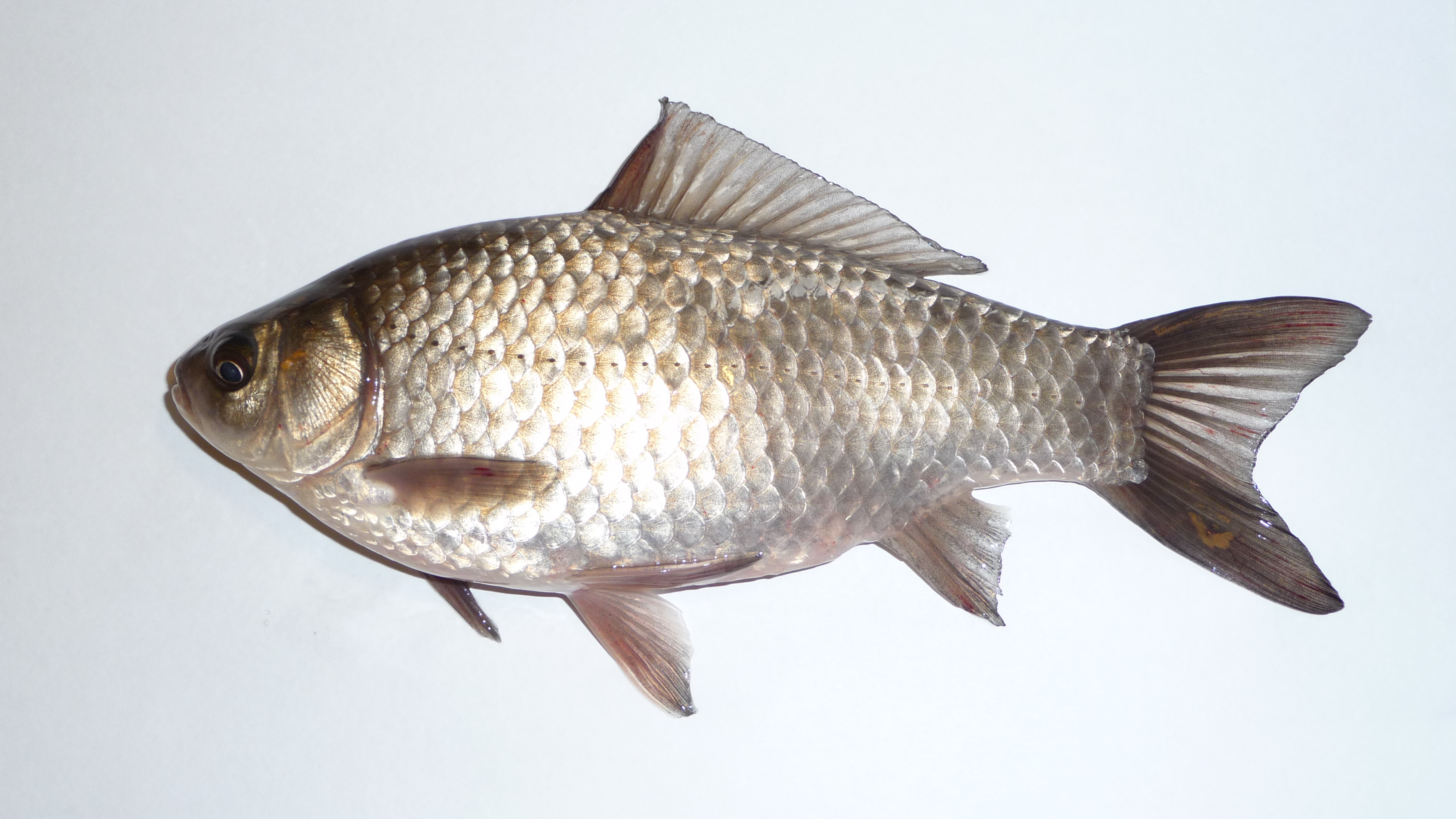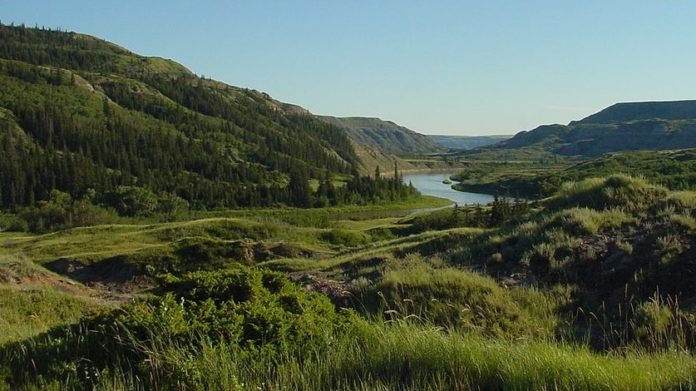Prussian carp, an invasive species originating from Europe and Asia, are spreading into North America and causing extensive damage in Alberta’s Red Deer River watershed, according to a new paper.
University of Alberta researchers examined 12 local rivers and streams and found significant population decreases in several native species.
“[Prussian carp] disrupt the natural structure of these ecosystems,” says Jonathan Ruppert, lead author of the study. “We need that natural balance because it supports the fundamental process that delivers us such things as clean water and healthy freshwater ecosystems.”

Spreading into the US could be impossible to stop
The findings are bad news for North American freshwater ecosystems at large. Prussian carp are already known to have invaded waters in Saskatchewan over the last decade, as well as southern Alberta, where they can access the Missouri River drainage and on to the Mississippi.
“Given the canal systems in that part of the province, there is a high-risk potential for Prussian carp to disperse to this system and then to spread throughout North America,” adds Ruppert.
Invasive species are tough to root out once they become entrenched in an ecosystem. With Prussian carp, it’s even more difficult, since they look similar to goldfish and are often mistaken for them by anglers.
Assistant Professor Mark Poesch, who supervised the research, suspects that the similarity means people are unknowingly using Prussian carp as bait in other waters and spreading the problem.
“We think they first came here in 2000 and the reason it took the so long to find them is that people misidentified them as goldfish,” said Poesch while speaking to CBC.
“They first arrived in Medicine Hat and since then, we find them all the way up to the city of Red Deer, and they are literally everywhere.”

Tough soldiers of the Prussian Empire
Prussian carp can rapidly invade and destabilize foreign ecosystems because of several factors. They’re a hardy bunch who can survive extreme environments with low oxygen or high concentrations of algae.
Certain strains of algae during bloom periods can be toxic to fish – known as harmful algal blooms (HABs). Even after such an algal bloom dies, microbes that decompose the dead algae deplete oxygen levels, leading to mass deaths of fish. Not necessarily so for Prussian carp, who can tolerate more than other species.
These colonizing fish are omnivorous creatures, but they favour plant materials, which they consume at an alarming rate. The depletion of these resources is a wrench in the machine of a freshwater ecosystem, as competitors are left struggling for food.
Prussian carp’s real ace card is their ‘cloning abilities’ – they can reproduce asexually through a process known as gynogenesis. Females use the sperm of related species to fertilize their eggs, but the spawn are carbon copies of the mother.
Although sperm is used, there is no genetic footprint from the male, just baby fish that are identical to their mother. This feature allows the Prussian carp to rapidly grow in number and solidify their dominance in the area.
For Poesch, the next step is to equip fisheries managers with an environmental DNA test which could detect the presence of Prussian carp in a water body with a sample. For conservationists and environmentalists, time is of the essence to contain Prussian carp populations before they’re out of control.








































